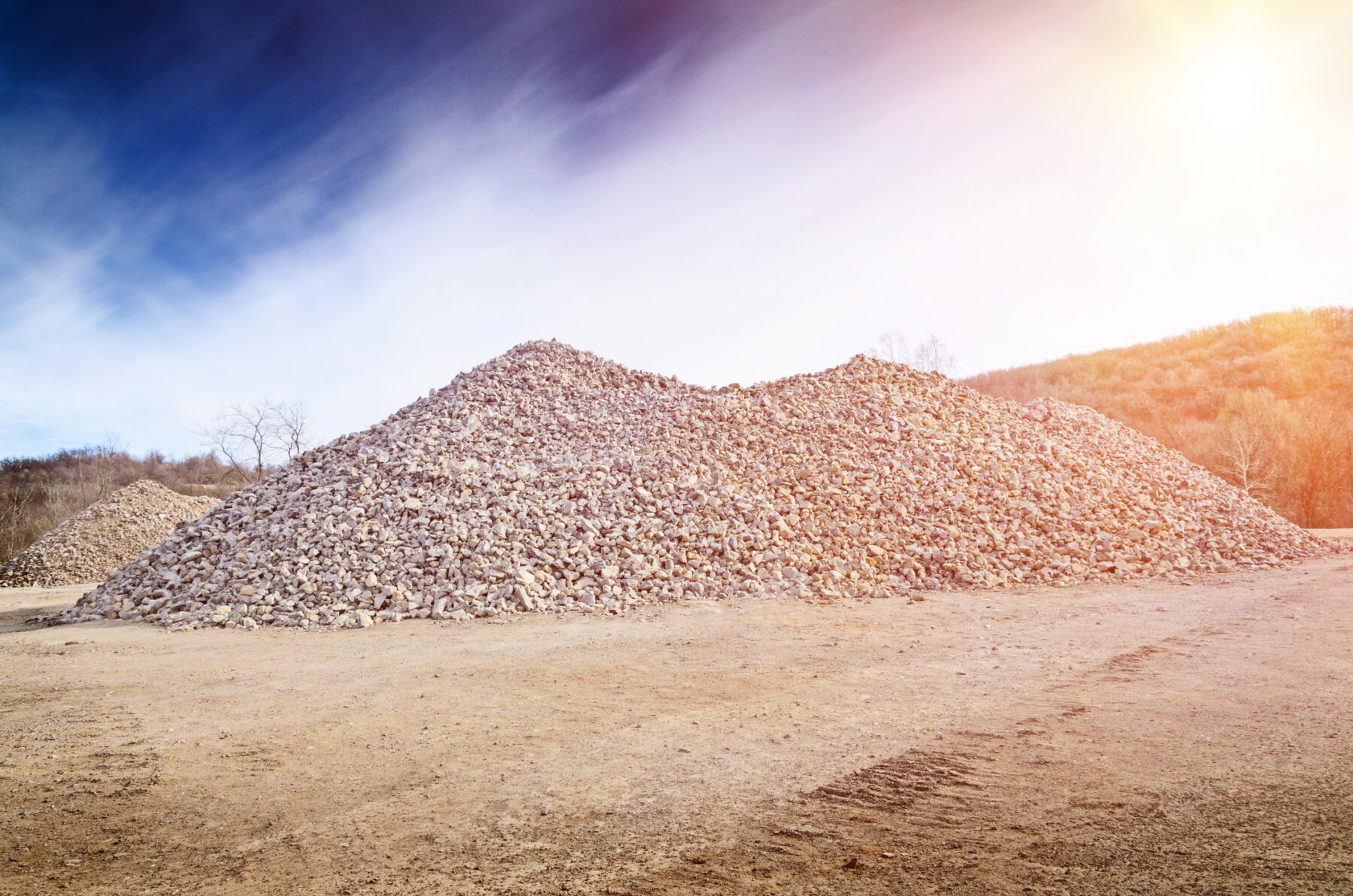Recycling Sand: What You Need to Know
April 7, 2023
 As environmental concerns continue to take center stage, Standard Materials Group is committed to staying at the forefront of sustainable solutions in the construction and environmental industries. One such solution that is gaining traction is “recycling sand.” This innovative approach not only offers an eco-friendly alternative to traditional methods but also has the potential to reshape how we view sustainability in the construction sector.
As environmental concerns continue to take center stage, Standard Materials Group is committed to staying at the forefront of sustainable solutions in the construction and environmental industries. One such solution that is gaining traction is “recycling sand.” This innovative approach not only offers an eco-friendly alternative to traditional methods but also has the potential to reshape how we view sustainability in the construction sector.
So, let’s dive into the world of sand recycling and explore its potential to create a more sustainable future.
What is Sand Recycling?
Sand recycling refers to the process of collecting, cleaning, and reusing sand from various sources such as construction sites, foundries, and glass manufacturing. This practice provides an environmentally friendly alternative to using newly extracted or “virgin” sand, which is typically sourced from rivers, lakes, and ocean floors.
Why Should We Care About Sand Recycling?
There are several reasons why sand recycling is essential in promoting sustainability and reducing the environmental impact of construction activities:
- Reducing Resource Depletion
As natural resources become increasingly scarce, the demand for sand in construction and other industries continues to grow. By recycling sand, we can help preserve these resources for future generations, lessening the need for virgin sand extraction.
- Minimizing Waste and Landfill Space
Construction and demolition waste account for a significant portion of landfill waste. Sand recycling allows us to reduce the amount of waste produced and conserve landfill space, ultimately minimizing the environmental impact of urban development.
- Lowering Greenhouse Gas Emissions
The extraction, transportation, and processing of virgin sand contribute to greenhouse gas emissions. By choosing to recycle sand, we can help decrease these emissions and support global efforts to mitigate climate change.
- Supporting a Circular Economy
A circular economy aims to minimize waste and make the most of available resources by keeping materials in use for as long as possible. Sand recycling is an excellent example of this concept in action, promoting sustainability and resource efficiency across various industries.
How Does Sand Recycling Work?
To better understand the sand recycling process, here’s a step-by-step overview.
Collection: Sand is collected from construction sites, foundries, or other sources.
Cleaning: The collected sand is cleaned to remove contaminants, such as dirt, clay, and organic matter. This can be achieved through various methods, including washing, air classification, and magnetic separation.
Grading: The cleaned sand is graded according to its size and composition, ensuring that it meets industry standards for reuse.
Reuse: The recycled sand is reintegrated into different applications, such as concrete production, road construction, or even 3D printing.
As we strive to create a more sustainable future, it’s crucial to explore innovative ways to recycle and reuse materials that would otherwise go to waste. Sand recycling is one such method, offering a multitude of environmental benefits and supporting the transition to a circular economy.
Standard Materials Group is proud to be at the forefront of sustainable practices in the construction materials industry. By promoting and implementing sand recycling, we are not only building resilient structures but also contributing to a lasting, positive impact on our environment.
The next time you walk along a sandy beach or navigate through a bustling city, take a moment to appreciate the potential of sand recycling. It’s a powerful reminder of our capacity for ingenuity and our ongoing commitment to building a greener, more sustainable world.

